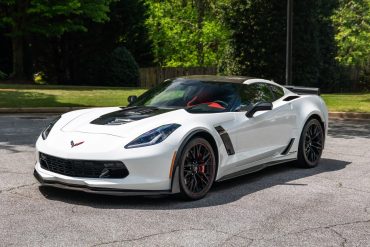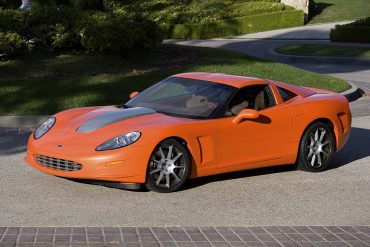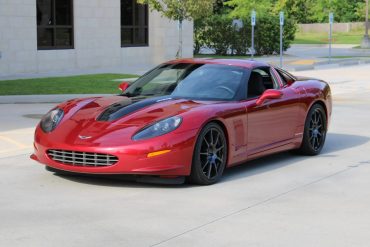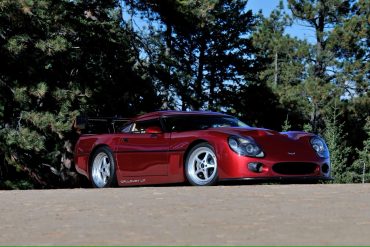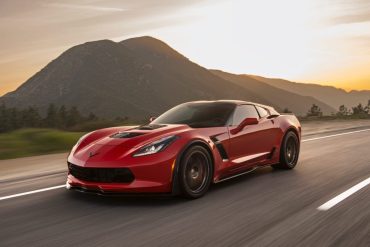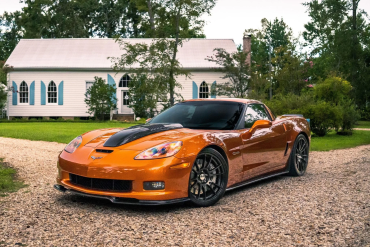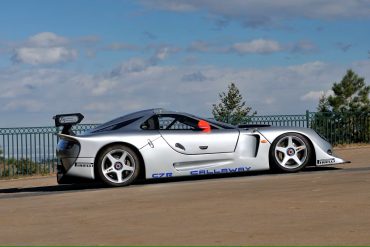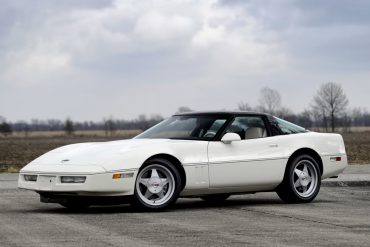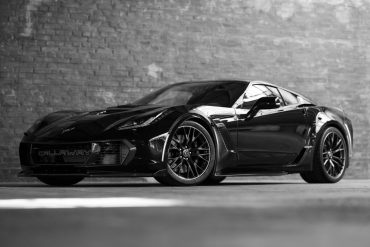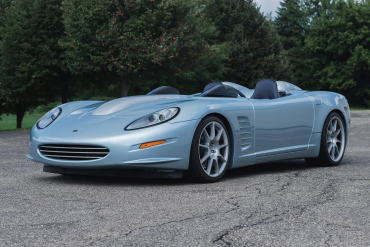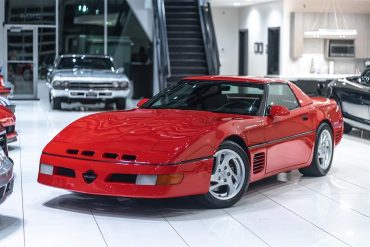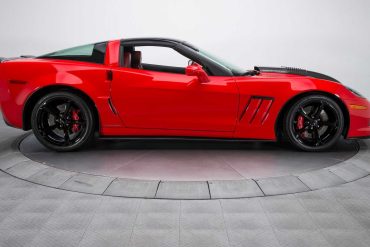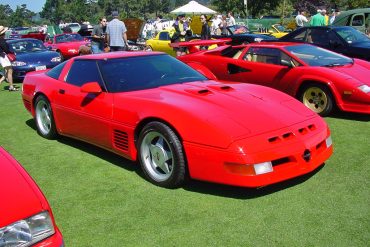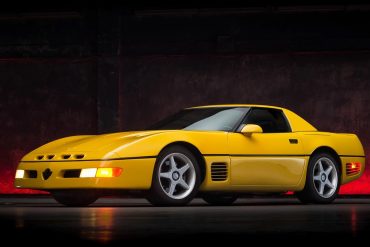Live now on Bring A Trailer is a 2019 Chevrolet Corvette Z06 coupe that has received the SC757 Package from...
The Callaway C16 was Callaway’s 16th major automotive project. It was a limited production, bespoke automobile, built to order, by what the Press called “the best specialist engineers in the business”. These cars are seriously fast, beautiful, and exclusive. The C16 was a direct competitor for the Porsche GT3, the Lamborghini Murcielago, the Ferrari 599 GTB. It was both faster and more capable than its competitors, at less cost.
In 2006, Callaway Cars unveiled the Callaway C16 – the 16th in an impressive lineup of exclusive, built-to-order Callaway automobiles....
This 1991 Chevrolet Corvette Callaway Super Speedster LM is the second of only two Series II Super Speedsters based on...
In the tradition of coach built shooting brakes, Callaway offers the AeroWagen for any version of the C7 Corvette Coupe. Its components can be fitted to the standard production C7, the Callaway SC627 Stingray or Grand Sport, or the Callaway SC757 Z06. The AeroWagen hatch assembly is a part-for-part replacement of the original equipment Corvette rear hatch, using the original hardware and latching mechanisms. It operates in an identical fashion.
This is a 2007 Chevrolet Corvette Z06 that has been upgraded with a Callaway SC652 package, which includes various high-performance...
This high-performance Chevrolet Corvette is one of a limited number of Callaway C4s fitted with the full twin-turbo upgrade including...
In 1997, Reeves Callaway introduced the Callaway C7R GT1, a thoroughbred racing machine constructed with a full monocoque chassis. It...
In 1988, only 2,050 of the 22,789 Corvettes produced got the exclusive Z01 35th Anniversary Edition package, with just seven...
The 25th Anniversary Edition is a hardened up version of Callaway's Corvette SC757, which in turn is based on a C7-generation Corvette Z06. It features a supercharged V8 that pumps out 757-horsepower and 777 pound-feet of torque. The supercharger is a GenThree Callaway unit with the company's TripleCooled intercooler system. A high-flow intake system feeds that beast. Callaway's Level Two HD Cooling System also helps it avoid the overheating issues that plagued C7 Z06s.
In August 19, 2007, Callaway Cars unveiled the C16 Speedster, the third and flagship model in the C16 lineup, on...
Chevrolet's introduction of the LT1 in 1992 as the base engine in the Corvette phased out the L98 based Callaway Twin Turbo. Previously, Callaway Corvettes made their increased power through positive manifold pressure; now they made it through increased displacement and finesse. Initially called the CL1 or CR1, they designated the chassis they were built upon. They were based on the pushrod LT1 cars (CL1) or the 32 valve DOHC LT5 ZR-1 cars (CR1).
The 2005-2013 Callaway Corvette was a specialist version of the C6 Corvette, built by Callaway Cars expert craftsmen and sold through selected Callaway/Chevrolet dealers. The 17th “C-Project” undertaken by Callaway first produced naturally-aspirated SuperNatural™ 450, 461, 490 (6.0L) and 550 (6.8L & 7.0L) horsepower Callaway Corvettes. In February 2006, Callaway returned to its positive manifold pressure roots, introducing Callaway “SuperCharged” Corvettes.
In this video, we get to see a 25th Anniversary Callaway Corvette C7 Z06 (a 757-horsepower supercharged monster) being driven...
When Chevrolet changed gears to the LT1 engine, Callaway revealed their new SuperNatural line and the CR1 based on the ZR1’s LT5. Options for the CR1 included the radical Aerobody, German upholstery and special wheels, brakes and exhausts. The CR1 used a larger displacement to produce either 475 or 490 bhp.
In August 1992, Callaway Cars of Old Lyme, Connecticut, modified this 1992 Chevrolet Corvette convertible, resulting in a remarkable transformation....
No More Content


